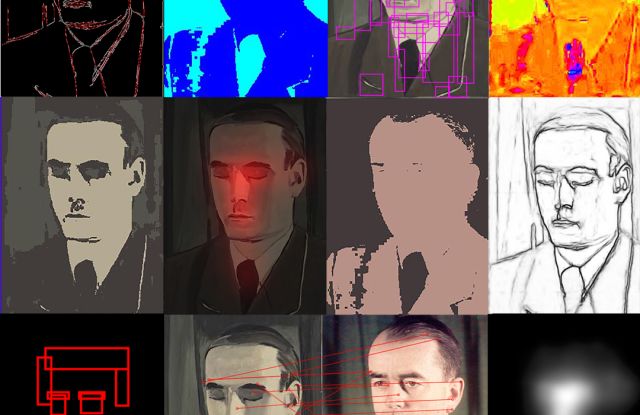Science on the edge of chaos
Luc Steels, Venice International University.
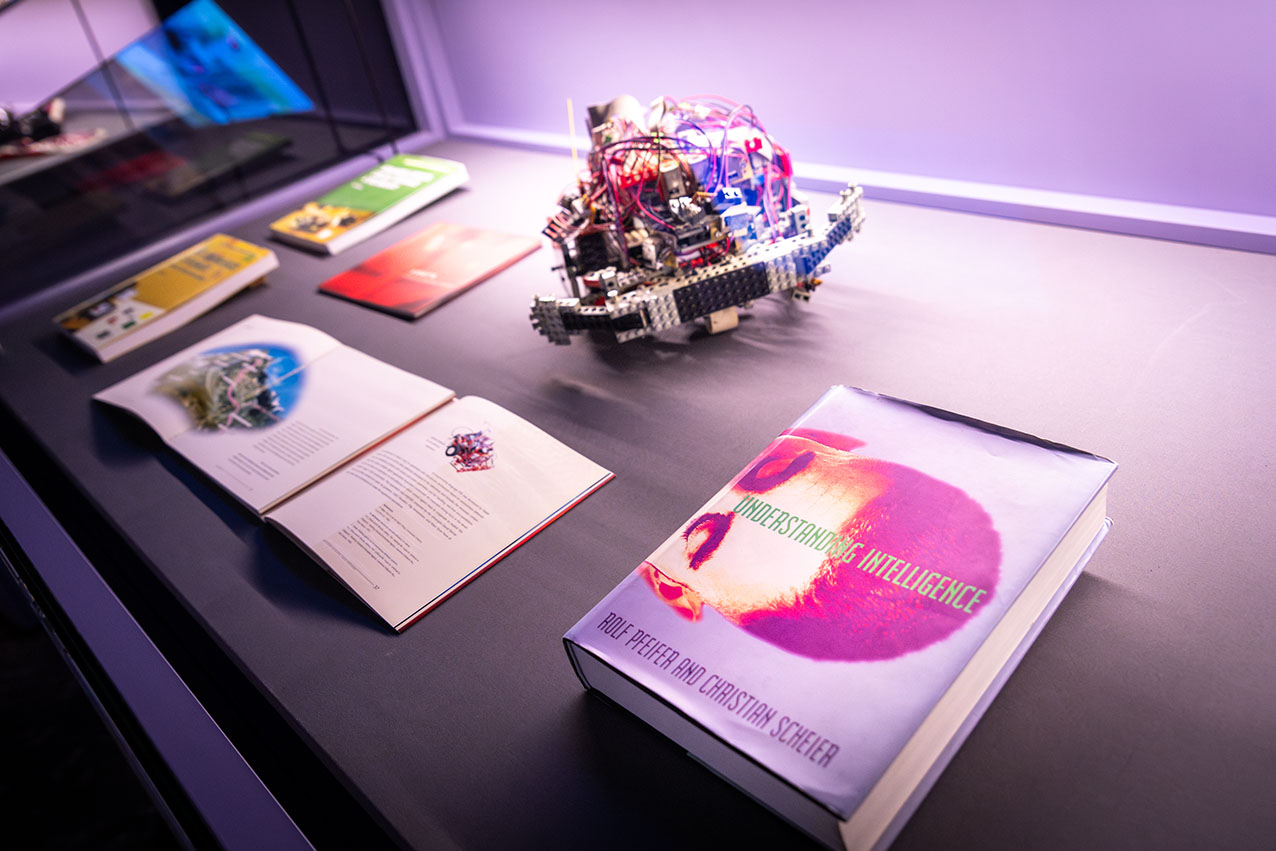
The AI Avant-Garde in the 1990s.
In the 1980s and 1990s a new wind was blowing in many sciences, based on the realization that various complex phenomena in Nature can be understood by viewing them as self-organizing dynamical systems. Typical examples are tornados, meandering rivers, paths formed by ant colonies, chemical oscillations, patterns on a zebra skin, honeycombs in beehives, coordinated activities in neural networks in the brain, crashes in the stock market, and many more. A new science of complex systems was born coinciding with profound mathematical developments in fractal geometry, chaos theory and the study of large-scale networks.
But how to archive, register and share this revolutionary moment?

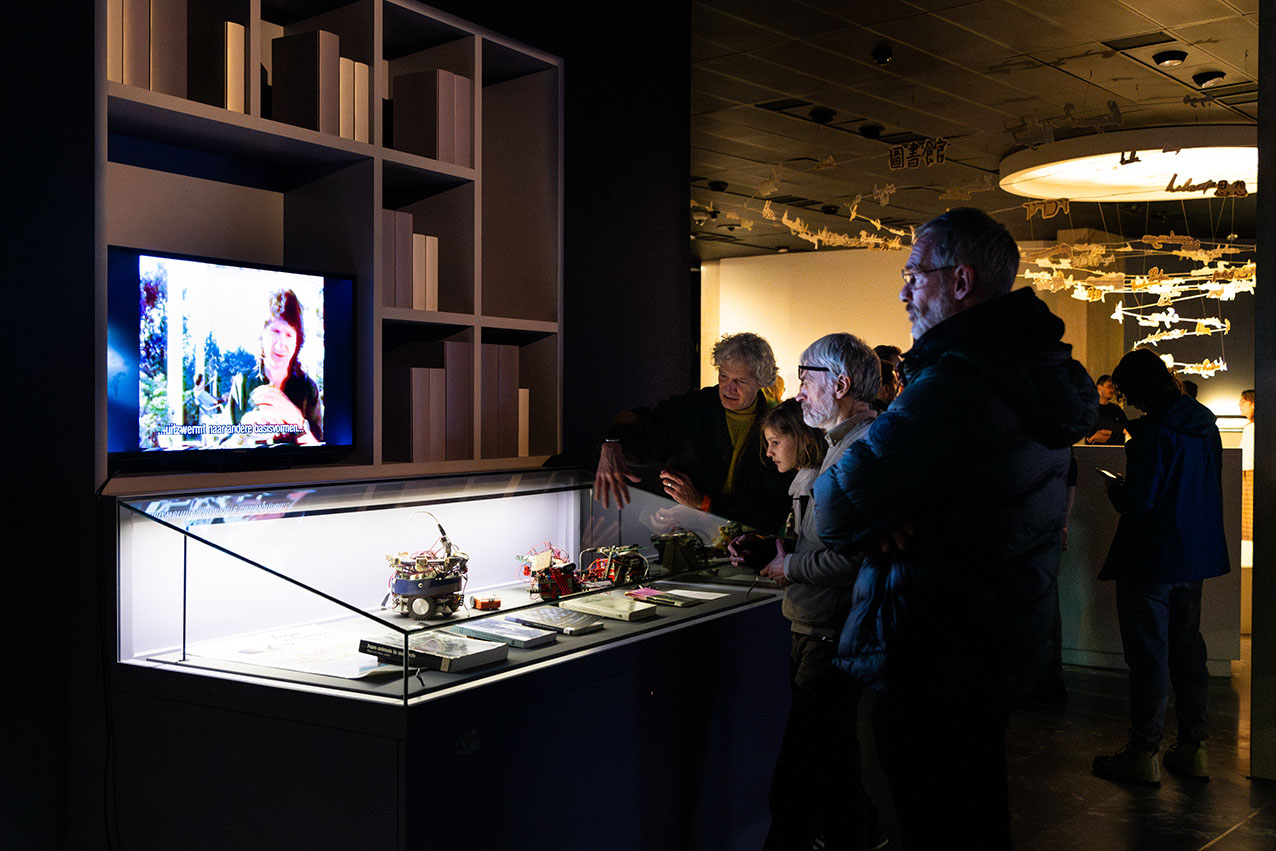
A pop up exhibition was conceived to shows videos of interviews, talks, and panels with the scientists who developed these original ideas and carried out some of the key experiments. They included Nobel laureates Christian de Duve, Manfred Eigen, Roger Penrose and Ilya Prigogine, as well as the mathematicians that founded chaos theory (Benoit Mandelbrot, Daniel Ruelle, Floris Takens, a.o.) and leaders in the application of self-organisation in physics, chemistry, biology, neuroscience, and economics.
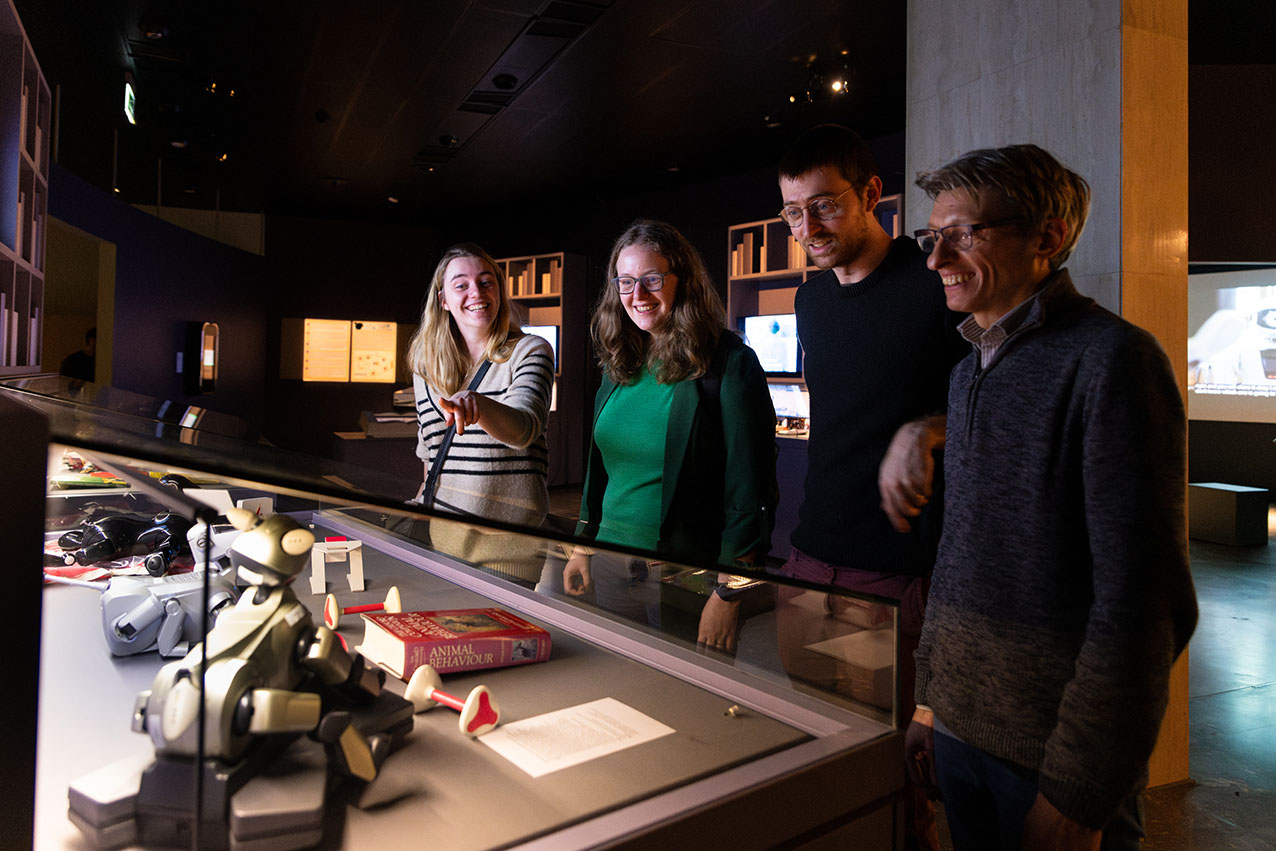
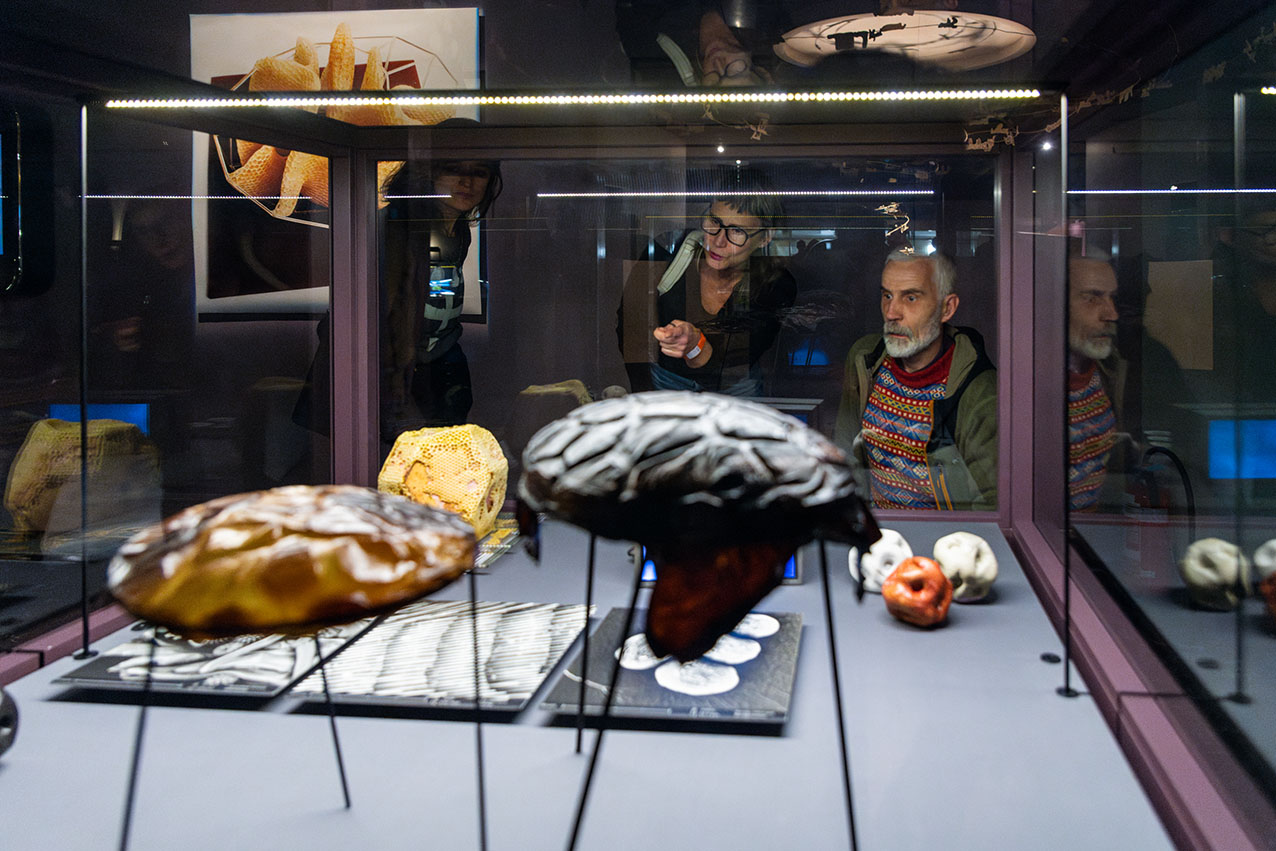
The exhibition also displayed books and experimental objects, as well as art works from the ‘Wunderkammer’ of artist Anne Marie Maes. A second theme of the exhibition was how researchers at the forefront of Artificial Intelligence and Artificial Life were swept up by these ideas, leading to a renaissance of neural network research and highly dynamic, embodied robotic agents inspired by nature, called animats. To illustrate this research line, the exhibition included various robots and a large number of videoclips on experiments carried out in the 90s to explore how intelligence can emerge from situated interaction.
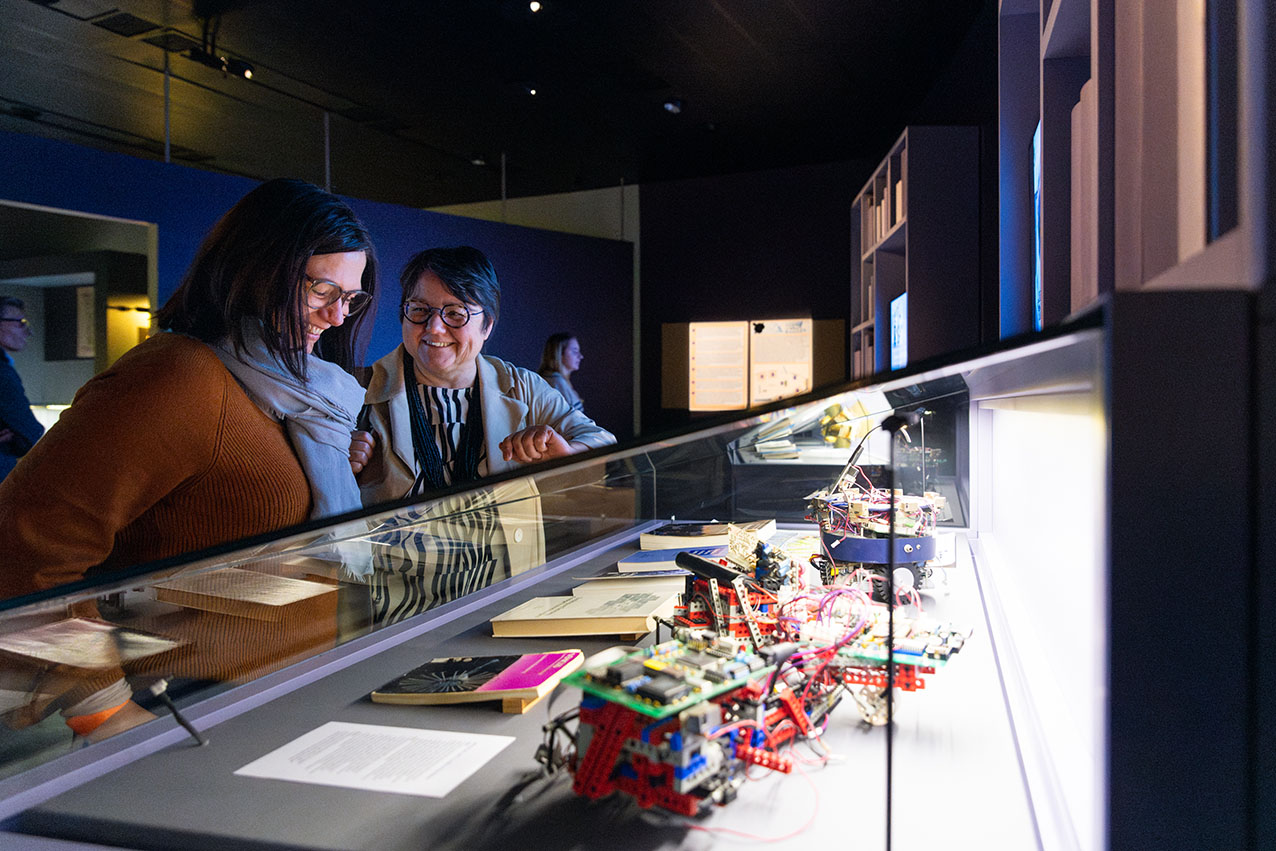
To illustrate some of these investigations, such as on the solar system, the network structures of the brain, or the collective behavior of insects, the exhibition was expanded with top pieces from the collections of the Royal Library, including the first edition of Newton's Principia, the observations of Copernicus, the writings of Laplace and Poincare on the predictability of celestial movements, the precious drawings of plants of 17th century botanists like Rembert Dodoens, Jan-Baptista van Helmont, and more.
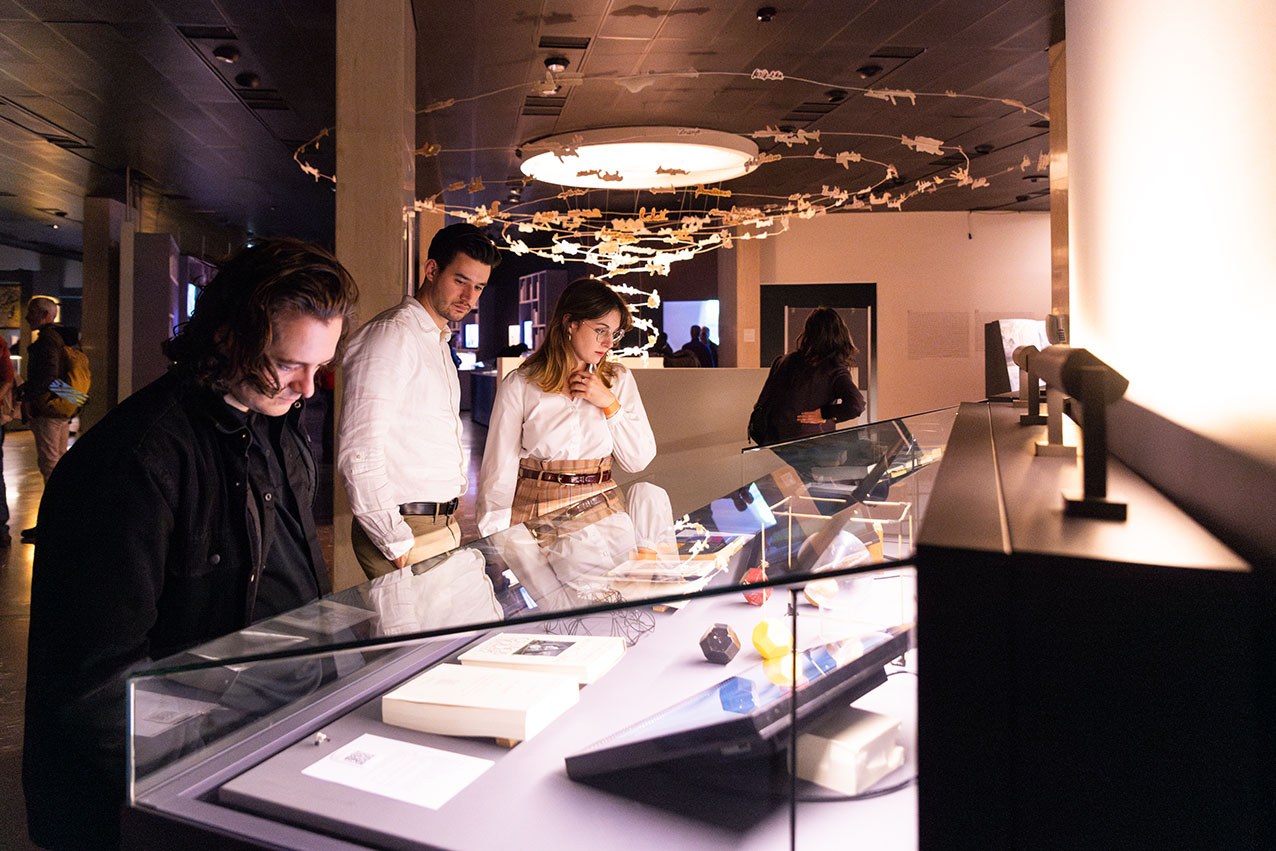
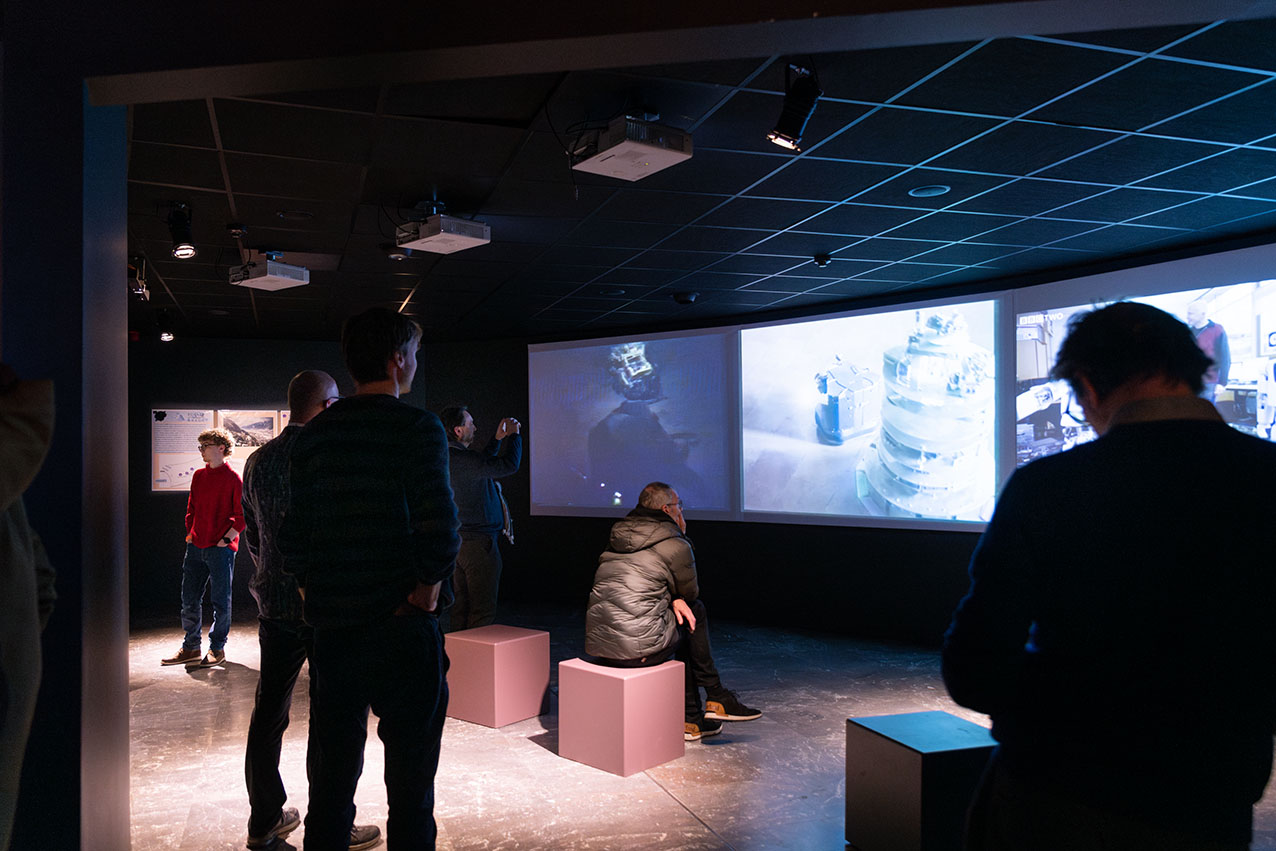
Pop-up exhibition at the Royal Library (KBR)
Kunstberg - Mont des Arts 28, 1000 Brussel
Opening: 18 December 2023 2pm
Closing: 22 December 2024 3 pm
Curator: Luc Steels
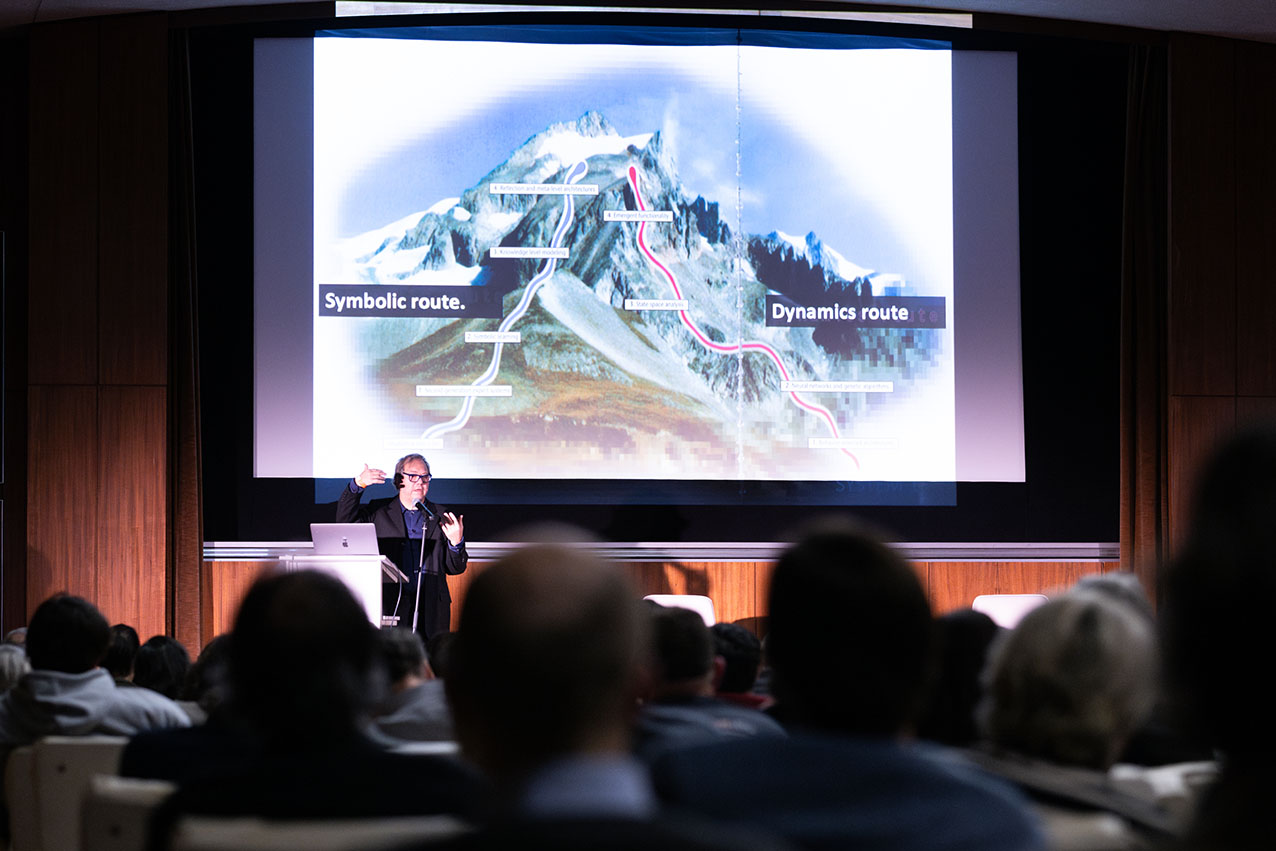
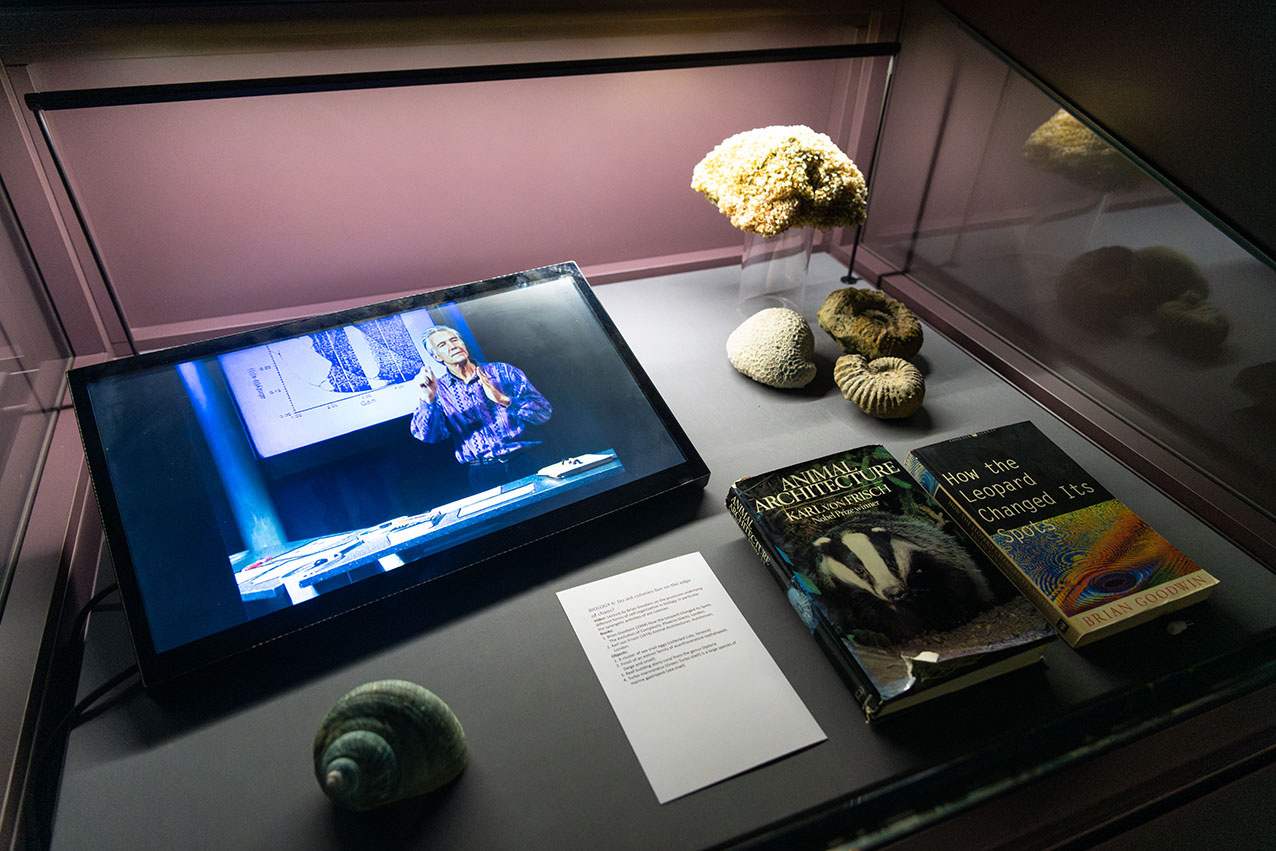
More Articles
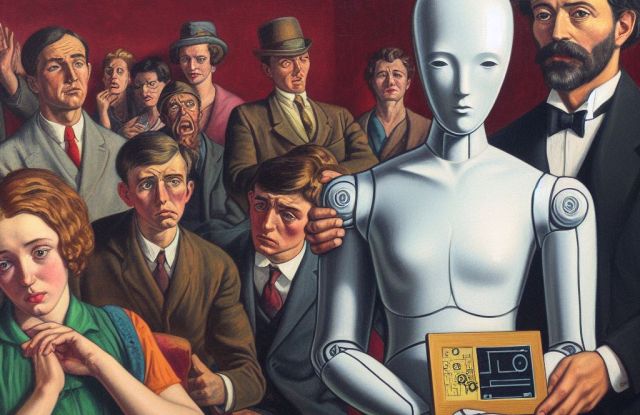
AI, the winning artist?
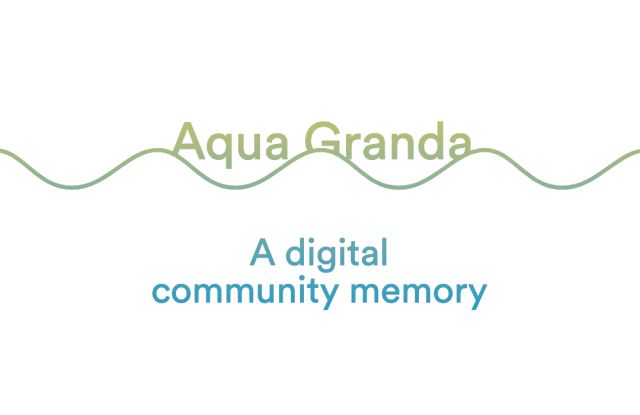
Aqua Granda | A Digital Community Memory
